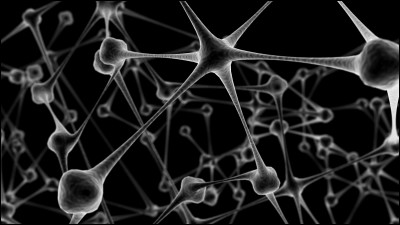IBM unveils a computer chip that imitates the human brain and learns and adapts to the environment

Announced that IBM has developed a new generation computer chip that perceives and perceives human brains.
IBM uses the advanced algorithms and silicon circuits to learn from experiences like humans, discover correlations, create hypotheses, and remember results, that IBM is conceiving. In this announcement, it is already clarified that two prototype chips have already been created and are currently being tested.
IBM Press room - 2011-08-18 IBM Unveils Cognitive Computing Chips - United States
According to a press release announced on August 18, local time, IBM has co-developed with this collaborative researcher at each university, combining the principles of multiple fields such as nanoscience, neuroscience and supercomputer. For the project called "SyNAPSE", for IBM's next development step,National Defense Advanced Research Projects Agency (DARPA)We also announced that we received funding of 21 million dollars (about 1.6 billion yen) newly.
SyNAPSE not only simultaneously executes complicated processing at the same time but also aims at a computer adapting to the environment. Moreover, it seems to make this processing as if it is a human brain, with extremely low power consumption.
Dharmendra Modha, Project Lead for IBM Research, said, "(This chip dominates computer architecture for more than half a centuryNeumann typeIt will be the first step to shift the paradigm of parliament. "
Modha further says, "Computer applications will become increasingly more demanding in terms of functions that can not be handled efficiently in the traditional architecture in the future." These chips range from so-called "calculator" to "learning device" It is an important step in evolution and represents the beginning of a new generation of computers and applications in business, science and politics, "he emphasizes its importance.
In terms of what we can specifically do with these chips, IBM has cited "Cognitive Computing System to Monitor Water Movements around the World" as an example. The sensor and the operation device are connected by a network, and it is possible to issue a reliable tsunami warning by always recording and reporting the situation of temperature, pressure, wave height, sound and tide. Or you can use flag gloves with cognitive computers to flag defective inventory from appearance, texture, smell and temperature in inventory control of grocery stores. It is difficult for current computers to handle the input of information to be performed in real time at such a rapid pace, but it will be possible with a system based on the brain.
In Phase 2 of SyNAPSE, in order to realize these ambitious attempts, we formed a team by gathering various collaborators from Cornell University, the University of California Merced, the University of Wisconsin Madison, Columbia University etc It is said that there is.
IBM's cognitive computing chip is manufactured at a factory located in Fishkill, New York and is currently being tested at Yorktown Heights in New York and San Jose Institute in California.
· Continued
Ultra power saving chip "TrueNorth" imitating IBM's "brain" steadily evolved, reaching mice brain level - GIGAZINE

Related Posts:






